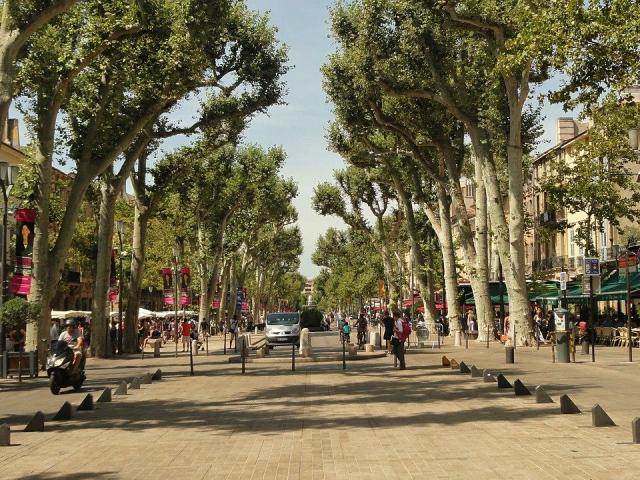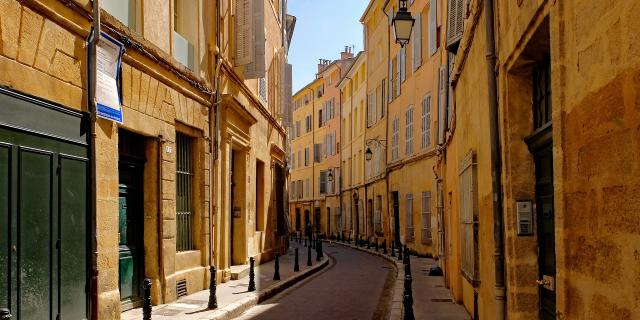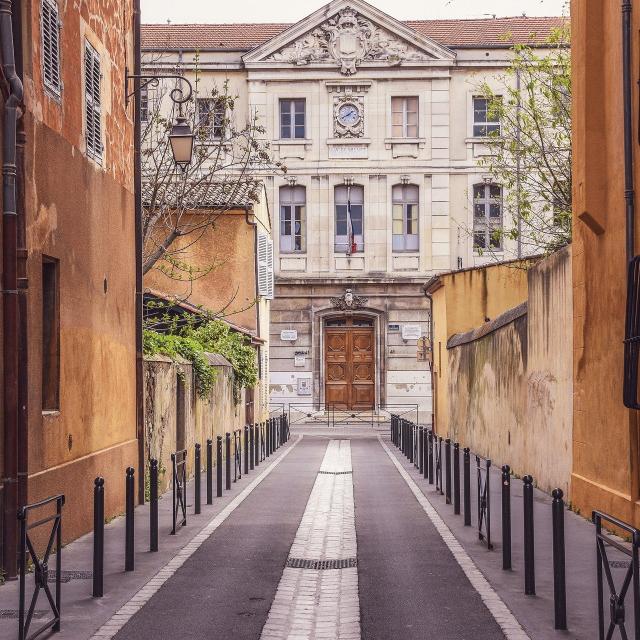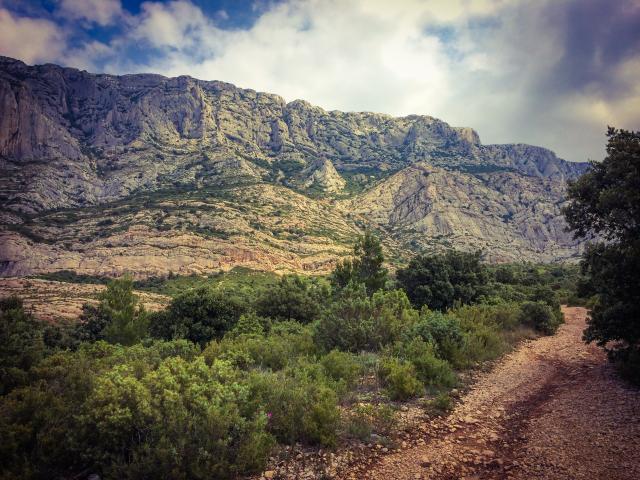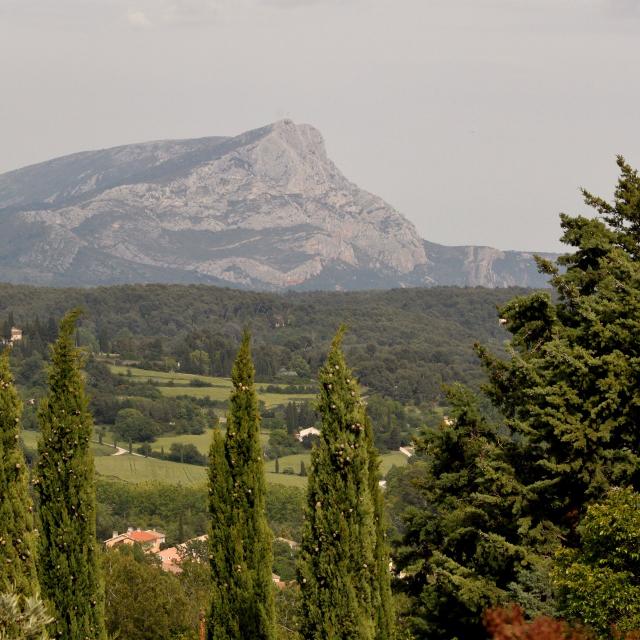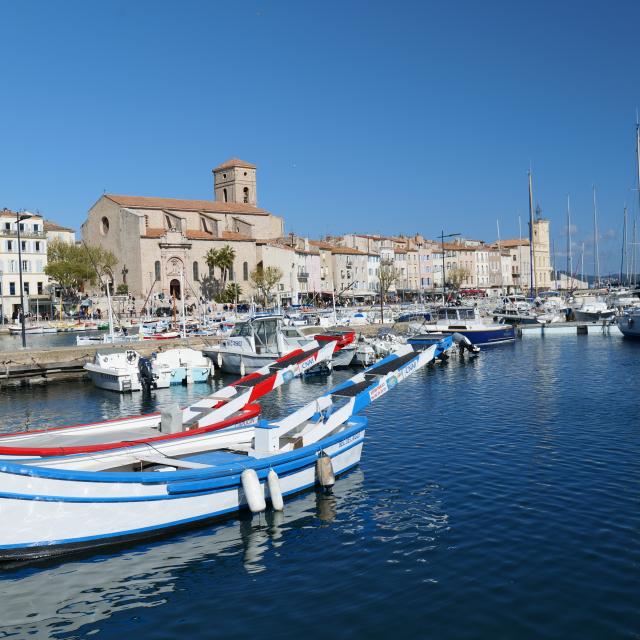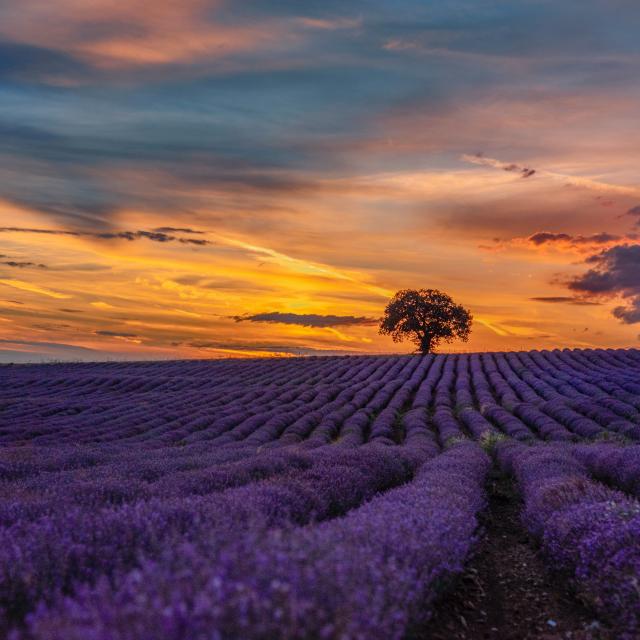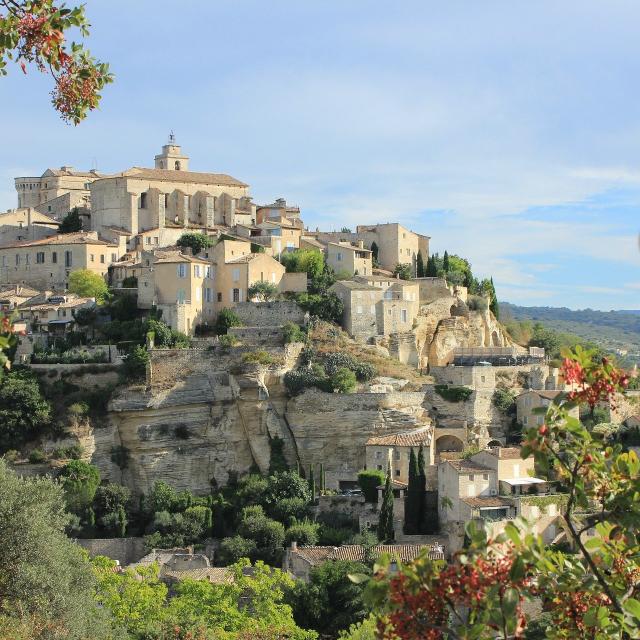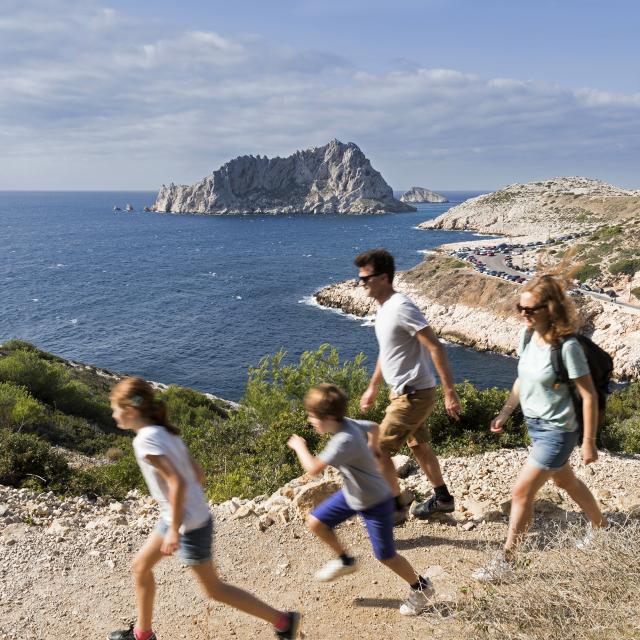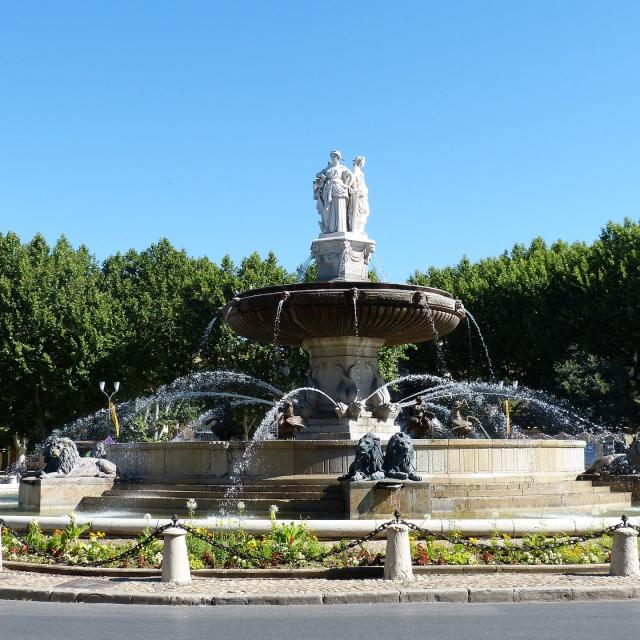
Discover the Provencal roots of Aix-en-Provence
From Paul Cézanne to Emile Zola
A city is as much about its people as its buildings. Mirabeau was one of the key players in the French Revolution. Paul Cézanne founded modern art here by analysing the sunlight on the Sainte-Victoire massif. Emile Zola, a friend of Mirabeau, lived here before becoming involved in the novel and the battle over the Dreyfus affair. In the 20th century, Darius Milhaud followed in the footsteps of the composer André Campra.
Calissons d’Aix and other Provençal culinary specialities…
Calissons d’Aix, made from marzipan and candied fruit, have been a speciality of the town since the 17th century. They’re well worth a diversion and a tasting break.
Other delights include olive oil, fresh chocolates from Puyricard (shop), which created ‘Le clou de Cézanne à la figue et vieux marc de Provence’ (fig and vieux marc based chocolates) , and oil pumps (brioches). You’ll also find colourful markets where every week you can savour the generous aromas of Provence.
Visit the historic city centre and the Cours Mirabeau
The Cours Mirabeau is the town’s main avenue. Now reserved exclusively for pedestrians, it’s a pleasant place to sip a drink on a terrace in the shade of the plane trees. If you go there in the morning, you may be lucky enough to stroll through the Provencal market. A city of water, three fountains grace the centre of the Cours: the Fontaine des Neuf-Canons, the Fontaine d’Eau Thermale, also known as the ‘Fontaine Moussue’ (the mossy fountain), and the Fontaine du Roi-René. All along the Cours Mirabeau, you can admire the hotels with their aristocratic facades, as well as the terraces and shops that contribute to the lively town centre.
